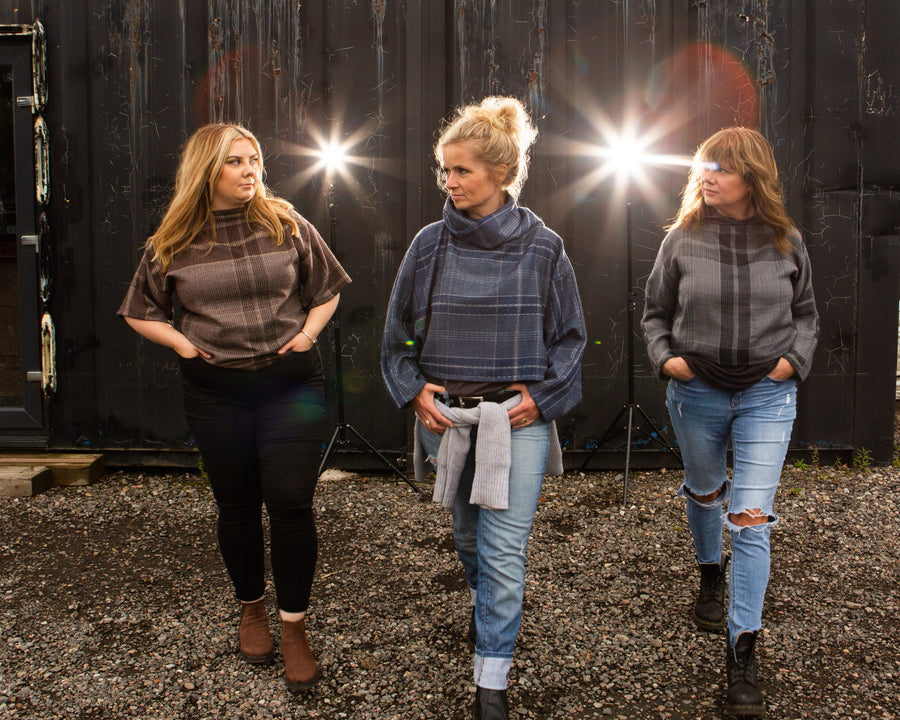A Wolf in Sheep’s Clothing (LITERALLY)

Acrylic.
It’s a polymer fibre with a lightweight, warm, and soft feel. It takes dyes beautifully and has excellent colorfastness. It also resists shrinking and wrinkles.
It’s because of these qualities that it’s very commonly used as a substitute for wool. Remember those pashmina wraps that New York sidewalk vendors sell in every colour of the spectrum - they’re made of acrylic, because the cloth can be finished for a similar feel to cashmere. Yes, we know the labels say they’re made of pashmina or cashmere, but do you really believe you can buy a large pashmina wrap for under $10?
Peel back the layers and the truth underneath reveals that acrylic is TERRIBLE for the planet, and equally as bad for the well-being of people. Here is why:
PLANET
- The threads that make up acrylic cloth are made from plastic. Creating these involves a chemical process that begins with fossil fuels – petroleum, natural gas and coal. Heat and pressure are applied to them to trigger polymerization, from which a plastic solution is then formed. It is this solution that makes the fibre, which is then spun into thread that is then woven into fabric.
- Acrylic garments take 200 years to decompose, and release highly toxic chemicals during this process.
PEOPLE
- Acrylic is hydrophobic – meaning it repels water – which makes it susceptible to bacteria growth that can compromise the structure and cause the fabric to smell bad.
- Static electricity is more likely to occur in this fabric which causes it to cling to the skin, making it more likely to cause irritation
- Acrylic fabric is extremely flammable and very hard to extinguish. Wool exists on the other side of the spectrum as it will not catch fire easily (so when the world catches fire we all know which clothes we would rather be wearing).
- Unlike cashmere, acrylic tends to fuzz or pill easily, and isn’t nearly as warm
- Acrylic fibres are made from a polymer called ‘polyacrylonitrile’. It is a flammable, colourless liquid that the Environmental Protection Agency found to be toxic to the human body – inhaling it can give someone similar symptoms to cyanide poisoning, because when inhaled our bodies metabolize it into cyanide. This ‘inhaling’ is not just about breathing through the fabric or ingesting it, but also exposure through skin contact.
So, all of these factors tell us that acrylic is actually a terrible material for clothing.
It’s widespread use for garments and knitting yarn is clearly for manufacturers to save money on the cost of materials, instead of prioritising the well-being of people
We think a better name for this fibre could be a-KILL-ic … What do you think?
Love, as always, Clare and the team
x
















Thank you for the information about acrylic ! Very informative!
Share Your Thoughts